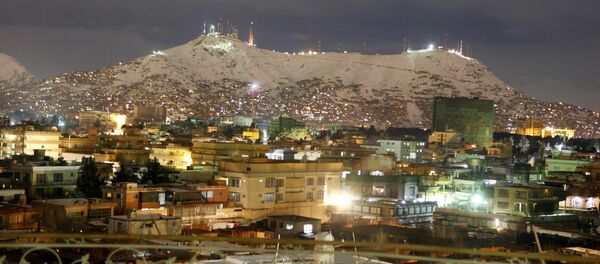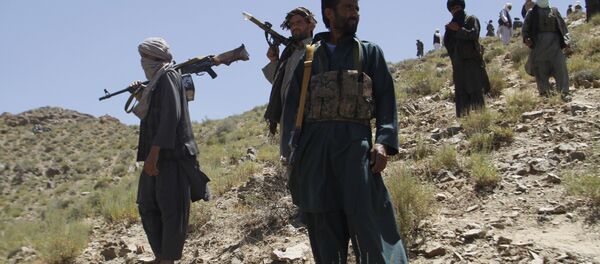NBC News reported the estimate that was given to them by US and Afghan officials, but 60,000 is the lower end of the estimates; it could be far more. The report adds that while ballpark estimates are useful, more exact ones are seen as a "fool's errand" because "the fighters often change their allegiance from one terror group to another."
In 2011, Afghan officials estimated there to be 35,000 Taliban fighters in the country. US forces began to withdraw the same year, pulling tens of thousands of soldiers out. In 2014, the US estimated there to be 20,000 Taliban fighters still active, compared to 350,000 Afghan security forces.
One major reason for the uptick in Taliban strength is their closer ties with the Haqqani network, an Islamist and Afghan nationalist group that previously partnered with the US in the 1980s to fight the Soviet Union and socialist Afghan government during their long war against Islamist rebels. While once they were separate from the Taliban, the two groups began strengthening ties in 2012.
"Haqqani and Taliban integration has become so robust that many observers no longer look at them as separate entities but as factions within the same group," wrote Pentagon officials in their June 2017 Enhancing Security and Stability in Afghanistan report.
This matches statements made by both the Taliban and the Haqqani network. In a 2012 statement on one of their websites, the Taliban claimed that there is "no separate entity or network in Afghanistan by the name of Haqqani," and that the network's leader, Jalaluddin Haqqani, is a member of the Quetta Shura, the Taliban's leadership council.
The 20,000 figure from 2014 drew some controversy, however. The Taliban were estimated at 60,000 fighters by analysts from Harvard's John F Kennedy School of Government and the British international affairs think tank Chatham House.
The two organizations pointed out that while the coalition had killed tens of thousands of Taliban fighters, the organization's leadership continues to survive in remote safehouses in Afghanistan and Pakistan. So long as the organization remains decentralized, they will be able to replenish their foot soldiers from Afghanistan's population, the think tanks reported in 2014.
On Tuesday, the Pentagon attracted controversy when they did not release certain information to the Special Inspector General for Afghanistan Reconstruction (SIGAR) so it could be disseminated to the public: most notably, the amount of the country under insurgent control.
"The number of districts controlled or influenced by the Afghan government had been one of the last remaining publicly available indicators for members of Congress… and for the American public of how the 16-year-long US effort to secure Afghanistan is faring," wrote SIGAR chief John Sopko in the report.
"The implication is that I think the average American who reads our reports or reads your press accounts of it has no meaningful ability to analyze how his money or her money is being spent on Afghanistan," Sopko added in an interview with Reuters on Tuesday.





